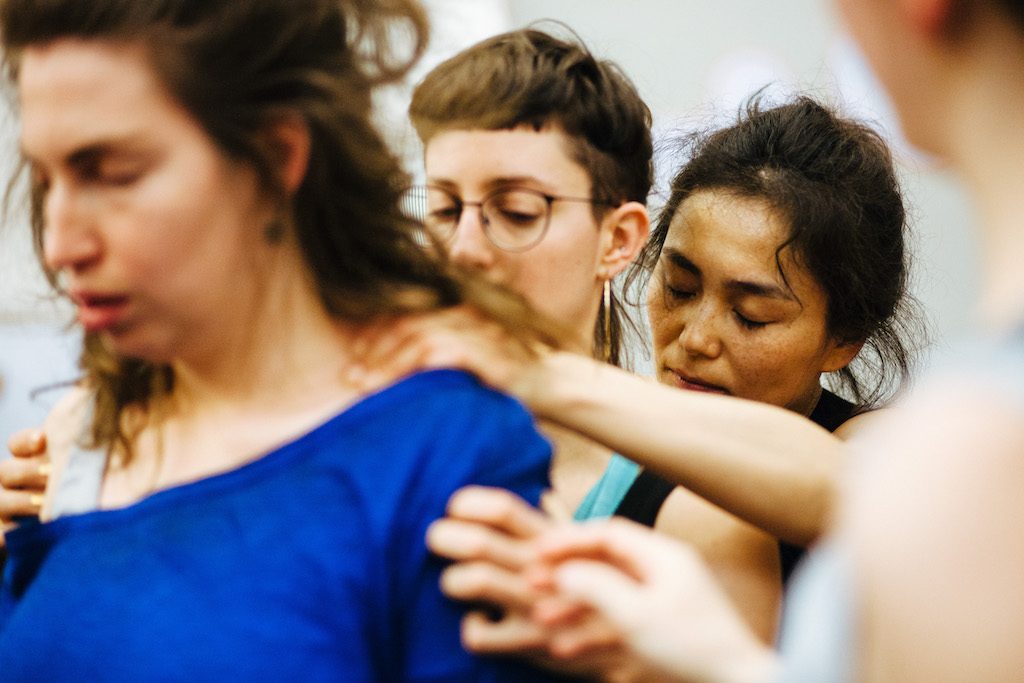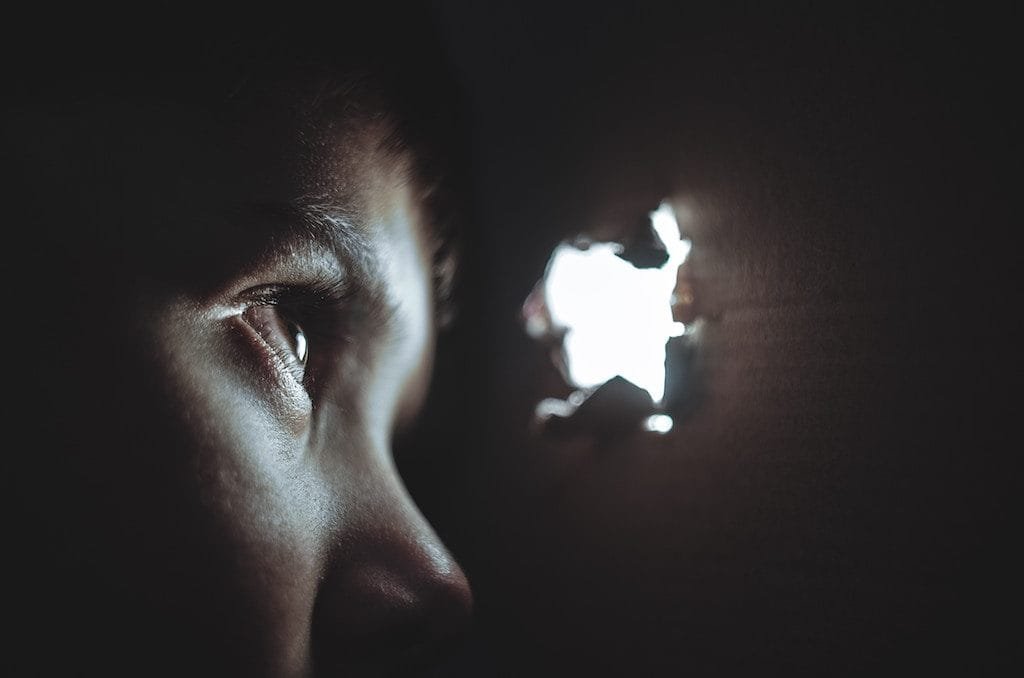
A Somatic Approach to Dealing with Past Trauma
Dealing with past trauma is something that impacts almost all of us at some point in our lives. The seriousness of the events, the age we experienced them and the way they continue to impact on us today will clearly indicate how we need to deal with them. Early on in my 25 years of working with somatic approaches, I learned that we cannot escape dealing with painful memories, we can only choose how to deal with them, as they probably won’t go away by themselves.
Some clients I have met, dealt with the impact of trauma they experienced, in a psychological way. After a great amount of work, they came to me because they wanted to add the physical experience of it in their own body to their healing process. Others came to me because they felt that touch and an approach that related to their physicality would work best for them. I also met clients that came to a process with me for different reasons entirely, but at a certain stage in our process, it started to become clear that what they were dealing with, was also partially a result of traumatic and painful events from their past.

In the lead up to our practitioner workshop Dealing with Past Trauma (being held this week), I thought I’d explore a little more, the idea of using our somatic approach as part of dealing with the traumatic and painful memories our clients experience.
When clients I work with remember traumatic experiences from their life, and for one reason or another we decide to face them and deal with them in our process, I find myself turning to our approach’s values as an important guideline. Here are some of the values and how they help me in those moments as a practitioner.
Safety and trust
Any client needs to feel safe in order to deal with personal topics from their life. This is even more so, when the client deals with events from their past where they felt exposed and not in a positive way. A sense of safety creates an environment of trust, which is necessary in a process of learning and healing. When we teach our clients how to gain their strength back, we teach them to regain trust in themselves and in ownership over their life. The trust is restored in their body, but also in their senses and in their ability to lead their life in the direction of their choosing.

Unification of parts
One of the results of a traumatic event, is the sensation of being left in pieces, that we can’t seem to connect back together again. As our emotions are not always connected one to the other or to our acts, our thoughts too, have a will of their own. There are many situations where feeling whole and unified is important, but I would emphasize here, the need to feel that our past, present and future are connected is essential. That in order for us to deal with our present and future, we need to also own our past. Even if the events we experienced in our life were traumatic and painful, eventually they all lead us to here, and they can be used to shape our future. The body of the client and the physical experience of the session is always in the present; so, as a practitioner I have direct access into the here and now, parallel to any discovery we might have during the session.

Being in flow
The flow of each of us is unique and different to that of other people. If we accept that whatever events we went through were a part of the flow of our life, we are better able to let go of the affect it has on us. Just as a day in our life can have so many moments – some happy, some sad, some challenging, some that simply went by – so can all of our life. Part of what I would like to teach my client is to be able to connect to the flow of their life, to notice that although none of us would ever chose to go through the traumatic events we faced, we have freedom and choices around the way we carry them in our life today.
Empowering learning approach
This is one of the challenges any person who deals with trauma faces. How can we take what happened and turn it into an empowering experience? When we relate to touch, physicality and experience, we can notice that any experience had a greater impact than just the unfolding of the story.
Our bodies can contain a much more complex experience, than our minds often let us believe. We experience sadness and happiness together; we feel the love of somebody, just as we feel bad when something horrible takes place. When somebody dies, we are also reminded of life and how precious it is, and we are reminded of our hearts and with that, the gift that it is to live.

Teaching people to connect back to their own body and resources, allows us to invite them to experience how powerful they actually are. This process shows them that who they are is much more than the sum of the events they went through. The process of owning their past and with it their life, is also a process of giving space for their emotions, which contains within it the experience of empowerment.
As a final note, I would like to mention that clearly some clients who deal with the impact of trauma will need comprehensive therapeutic help. Our somatic approach alone is not suitable for everyone’s situation. It’s important to support where we can, but also to make sure the client is receiving other professional assistance and that we can collaborate in their care with their health professionals, wherever possible.


